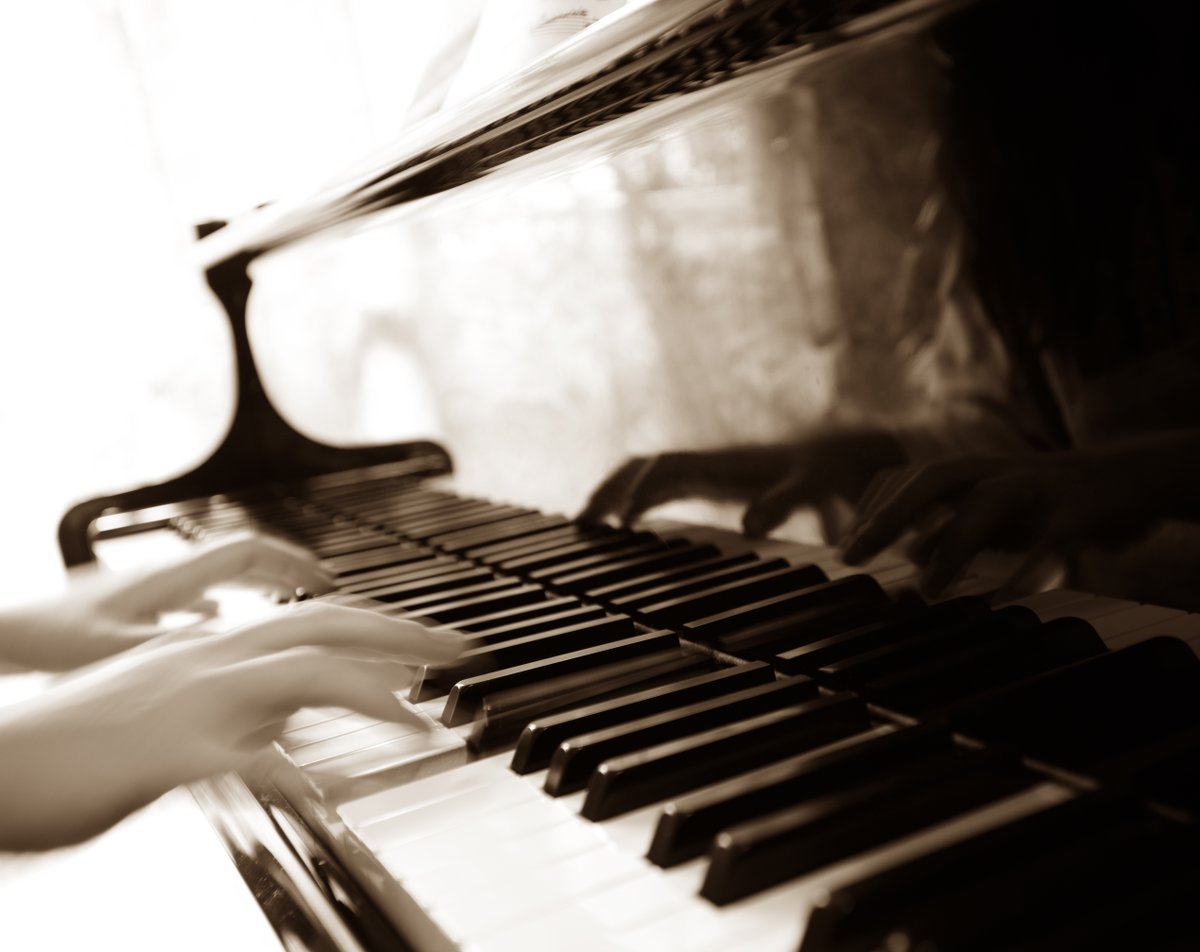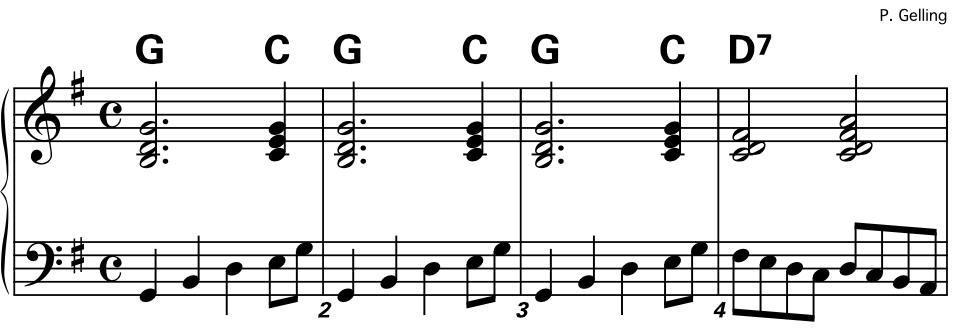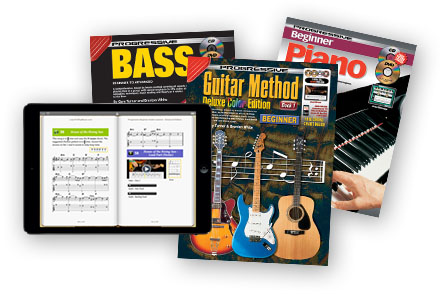Piano Tips for Improving Piano Hand Coordination
Today’s post looks at piano tips for improving piano hand coordination, including how to practice scales, playing with each hand individually and then playing with both hands together.
Practicing Piano Scales
As a piano player, it is essential to be able to play both single notes and chords equally well with both hands. A good way of developing strength and independence in all the fingers is to practice scales with each hand and then with both hands together. Various ways of playing the G major scale are shown below. First is the scale in the bass staff, to be played by the left hand. The first note is a low G note. Notice the fingering written under the music – a crossover is necessary when moving between D and E.
Piano Scale Exercise: Left Hand

Next, play the scale with both hands together (as shown in the image below). Play slowly and listen carefully. Don’t rush! The most important thing is to play each note with both hands at exactly the same time, and to be sure all notes are even in length and volume. The crossovers occur at different times for each hand, so take care not to lose your timing at these points. Practicing playing a scale with both hands regularly and consistently will help you build up long term piano hand coordination.
Piano Scale Exercise: Both Hands
Once you can play a scale smoothly and evenly with both hands together, the next step is to play it over more than one octave. The following example shows the G major scale played in eighth notes over two octaves. The first note of the second octave is played with the thumb (1). This necessitates thumb under and crossover techniques. Take them slowly at first and only increase the speed once it is totally comfortable.
Piano Scale Exercise: Both Hands Over Two Octaves
This final piece, ‘Changing Lanes’ will put your scale practice to good use. The melody is played first by the left hand and then the right, the hands reverse roles every four bars!
Changing Lanes
Who is LearnToPlayMusic.com
LearnToPlayMusic.com is the world’s leading music education innovator and publisher of print, eBooks, apps and online lessons.
– Continue learning with Learn To Play Music at LearnToPlayMusic.com




































By Reading this article it is really very easy to improve the tips for playing an piano.It is really very interesting to read such an great article.Thanks for such an nice article very meaningful and easy to improve the piano hand co-ordination.Really Admirable..!!!!!
hello nice tips
Nice
My nephew is learning how to play the piano and is having a hard time lately. It was explained to me that it’s best to practice playing with one hand at a time. Moreover, it’s also advisable for the piano to be always in tune and have professionals do the piano tuning.
My Niece is always asking for me to teach her some of the fancy trills, but I try to keep her to a few more simple exercises. It’s so easy to forget that even the pro’s practice the basics from time to time. Don’t practice the trick shot just get the basic jump shot going down and then the fancy ones will start finding their way in.
Wonderful article, I have really enjoyed reading this blog. Learning to play an instrument is a great experience. In my experience piano is the best instrument to learn first. Thank You!!
Good read. These are some nice tips.
I stopped by here by chance, but I’m thrilled. Great article, congratulations!